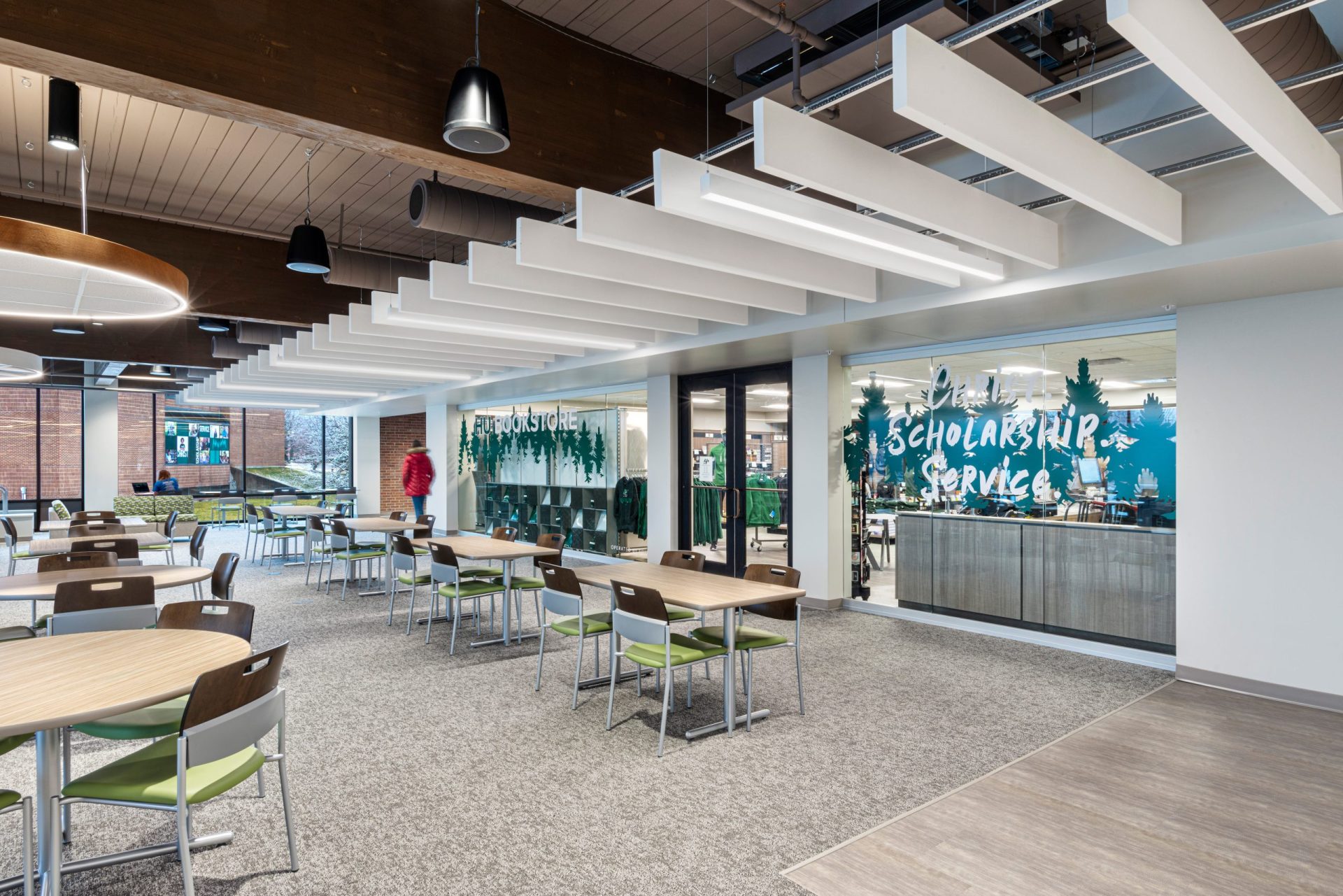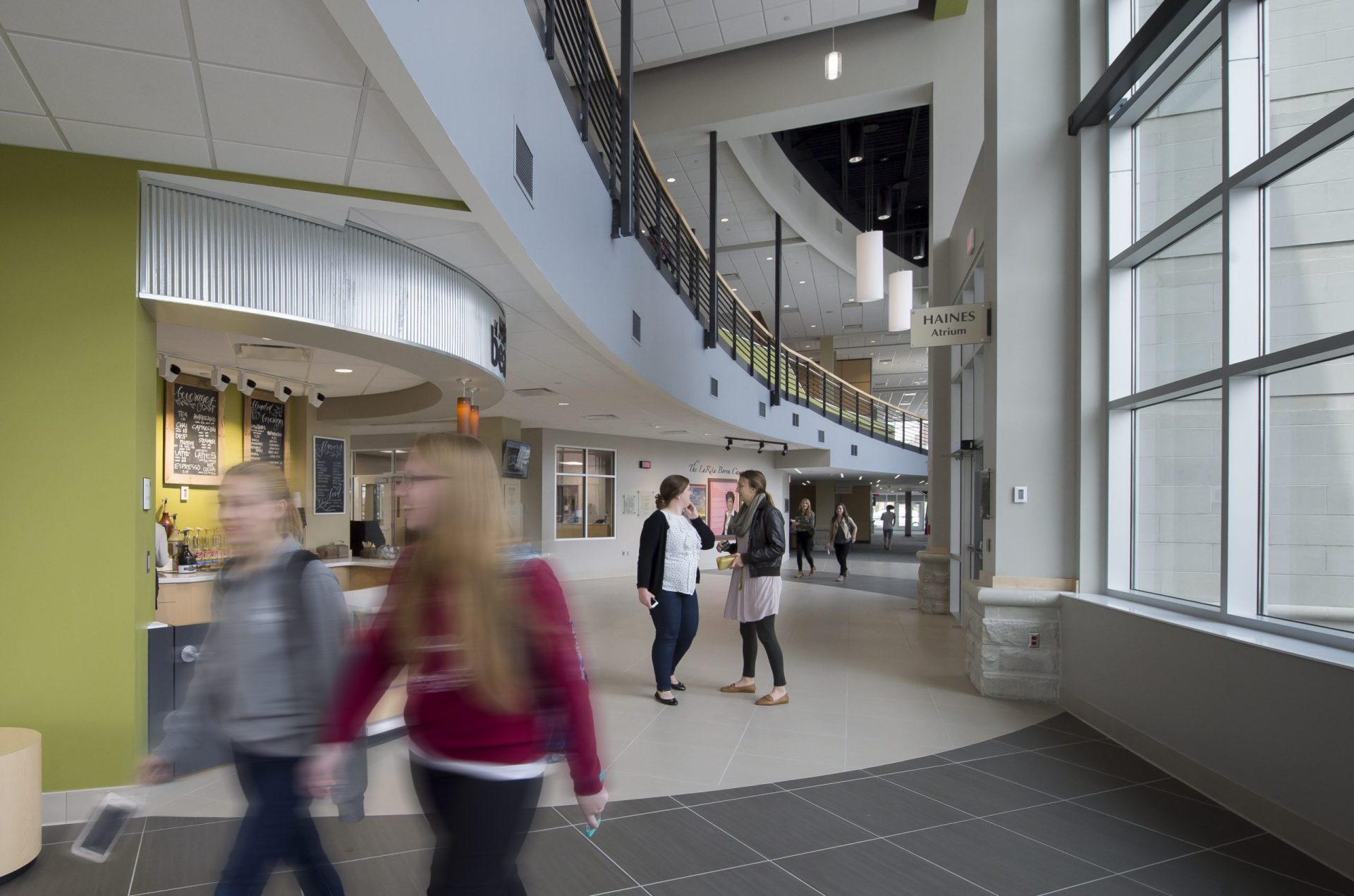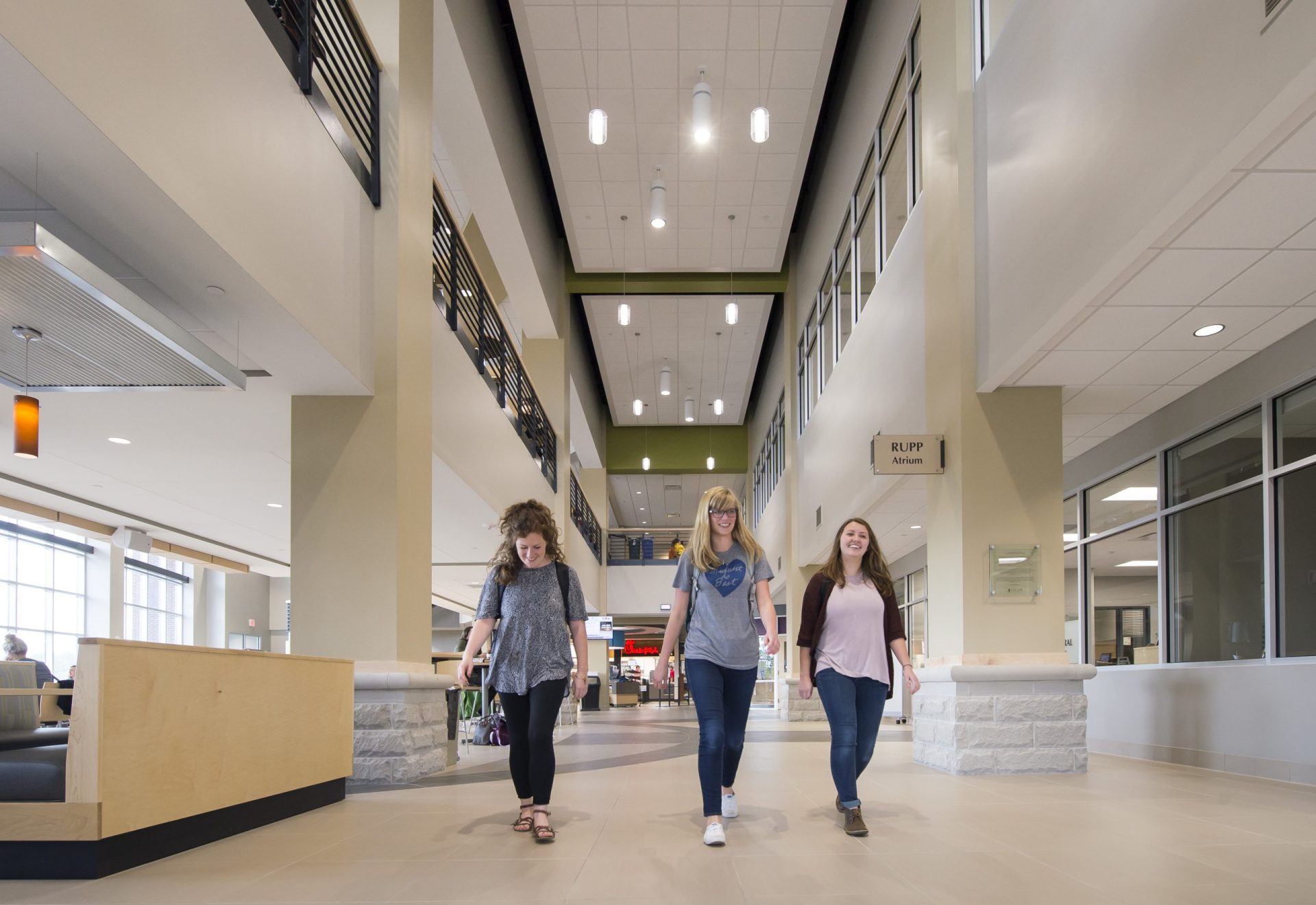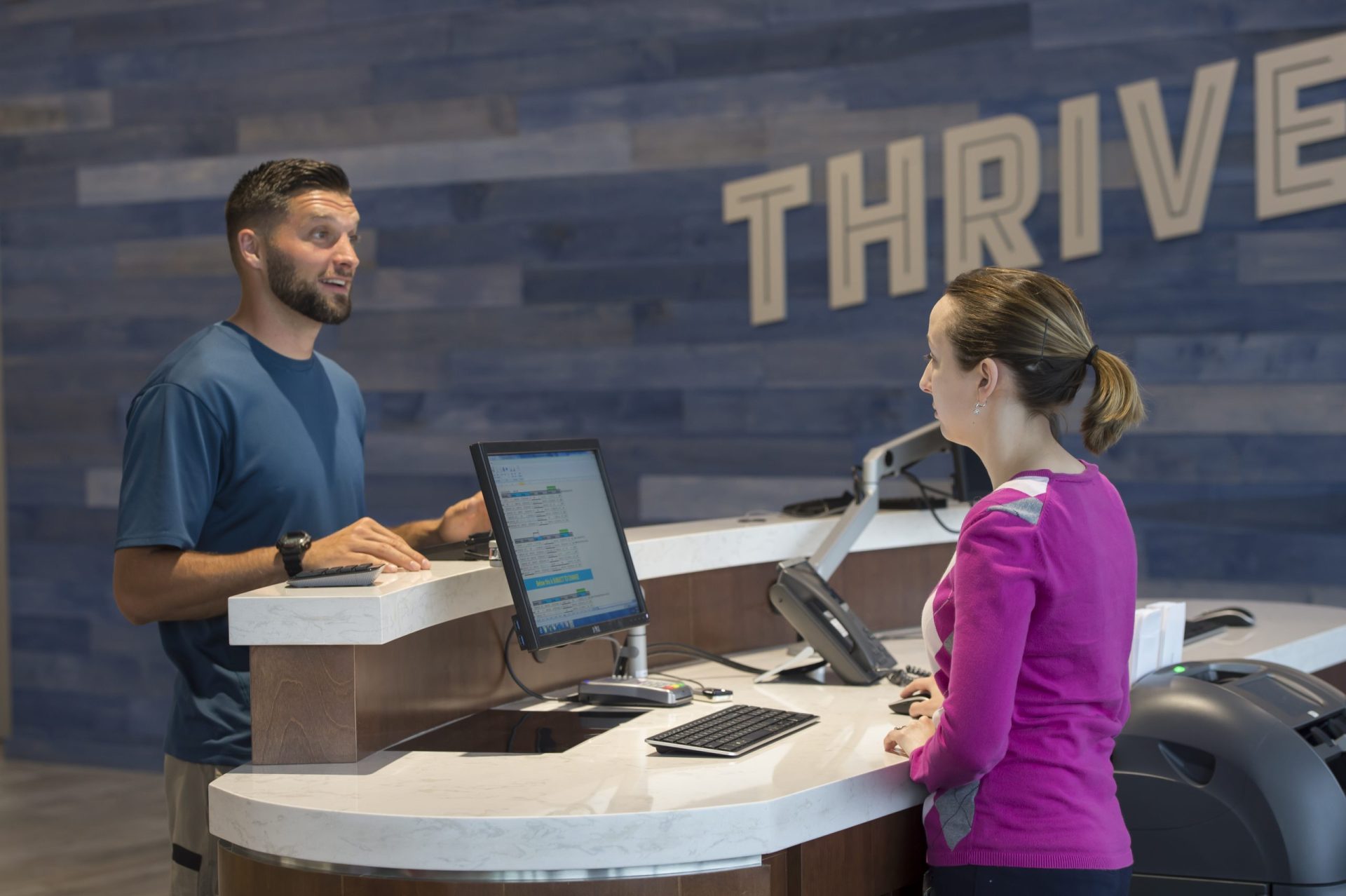One-Stop Shops: Changing the Student Experience for the Better
By Nathan Woods, AIA, NCARB
August 2, 2022Post Tagged in
 |
It’s your first week of college. You’ve been dropped off at your new campus and you have the whole world in front of you (or so it feels). After a whirlwind week of orientation with introductions and activities, you’re suddenly on your own. Your orientation leader says, “It’s time to sign up for courses now. If you have any questions about your course tracks, reach out to your guidance counselor – if you need help with financial aid, talk to the bursar, and…” That’s where the stress of independence hits you. You had a successful high school experience. You nailed the SAT’s. You were ready for college. But who’s even heard of a “bursar?” You start wandering the campus, trying to remember where the orientation leader said the registrar’s office is, but you’re not even sure if that’s the right place you need to be. Are you supposed to talk to your guidance counselor first? – Time to start googling! Image: Huntington University HUB |


